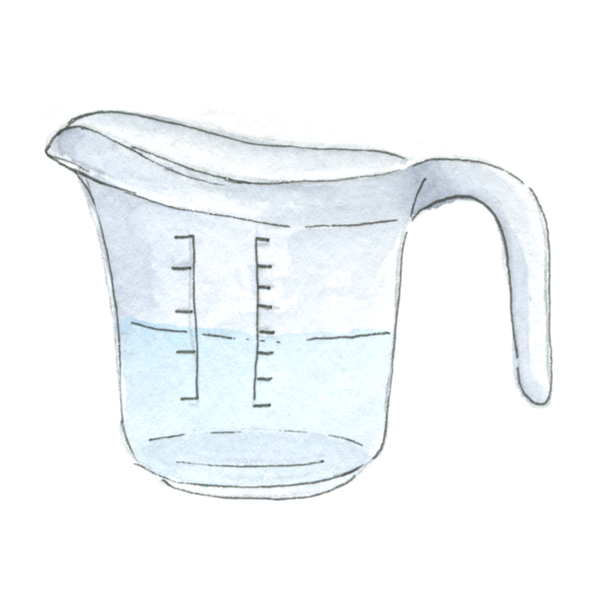WATER

GRI: 103-1, 303-3, 303-4, 303-5
We are constantly seeking ways to implement improvements in the measurement processes that will enable us to obtain valuable information in regard to new ways of optimizing our consumption of water.
Therefore, we also carry out awareness actions between our collaborators and suppliers by giving training in the adequate management of water resources.
In 2019, the total volume of water extracted was 1.299 billion liters, while the volume of residual water generated was 882 million liters, 22% less than in 2018.
“El Duque de Herdez” facility, Planta México, and the Mexico distribution center have been collecting and utilizing rainwater for the irrigation of gardens since 2017. This year we managed to collect 76 million liters of rainwater.
Water collection (1)
(million liters)

Mexican beaches cleanup (Por un mundo más vivo)
The second stage of Mexican beaches cleanup initiative found us all with sunscreen bottle in one hand, lots of desire in the other, and a cap firmly on our heads, determined to erase our footprint from our coasts. A sunny endeavor!
- Three partners committed to our planet: the ECOCE Association, the Del Bajío aquarium and the Blau Life marine laboratory.
- A group of volunteers determined to contribute.
- All the technical equipment (also known as mobile phone with a signal) to carry out a live transmission via Facebook as the cleanup proceeded.
- Nine beaches, equivalent to 302 kilometers as clean as nature made them. An excellent presentation!
- 1,090 volunteers collected 60 tons of seaweed and 2,888 kilograms of garbage. We wanted more!
Wastewater by discharge destination
(million liters)
For the purpose of reducing the discharge of water with residues, we have a water treatment system in all our plants, each one planned and designed according to the characteristics of the residual water generated and the discharge conditions that must be complied with. All of them adhere to the following processes:
- Pretreatment: traps for fats, oils, grease and solid material.
- Primary Treatment: a linear or circular Dissolved Air Flotation (DAF) Physical-Chemical System.
- Secondary Treatment: Conventional Sludge Biological Systems with Clarification Systems.
- Tertiary Treatment: sand and gravel with an activated-carbon filtering system, and manual or in-line clarification systems and/or Ultraviolet Light to eliminate mainly fecal coliforms and other biological microorganisms.
